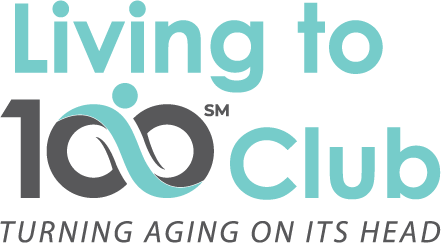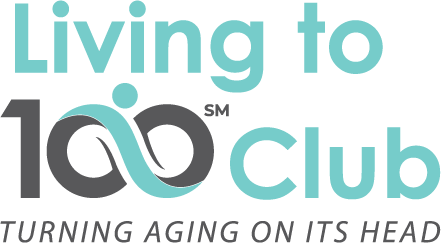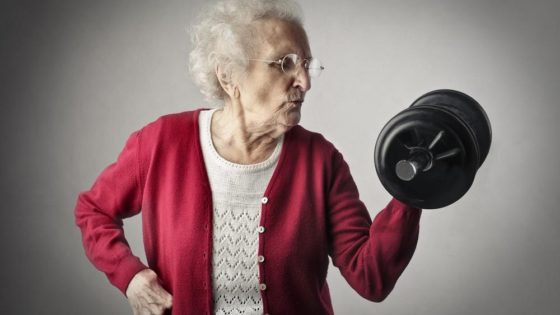Most individuals with acute or chronic medical conditions experience psychological difficulties from the losses in physical, social, and occupational functioning that accompany these conditions. These psychological difficulties include anxiety and depression, feelings of hopelessness and helplessness, despair about recovery, and a negative future outlook. Related problems in eating, sleeping, enjoyment of pleasurable activities, and strained interpersonal relationships also are common. Behavioral health practitioners have a variety of tools and approaches to address these psychological difficulties and help the individual involved manage the obstacles encountered. The interventions in the list below are some of the approaches and tools used by the behavioral health practitioner. The author’s 3-decade involvement in long term care facilities, working with patients and their families, and alongside the caregivers and staff, has allowed him to collect this list of interventions and share them with caregivers, paid and unpaid, to help them improve their involvement.
The Following is derived from the
Handbook of Health and Behavior: Psychological Treatment Strategies for the Nursing Home Patient
Joseph M. Casciani, PhD
A more detailed, clinical explanation is available in the Handbook.
Anger Management – teaching ways to monitor and change how events are perceived, how they are interpreted, and to learn what alternative responses are possible.
Assertiveness training – evaluating communication patterns, differentiating between aggressive, passive, and assertive styles of communication; expressing feelings, desires, needs, and opinions constructively.
Behavioral activation – identification of positive, rewarding, and enjoyable activities that have been reduced or stopped, and then developing a plan to bring these activities back into a regular daily or weekly schedule.
Breathing exercises – increased awareness of breathing habits to use breathing as a relaxation skill, to release tension, and symptom release.
Coping skills training – monitor effectiveness of the patient’s usual coping style: denial, avoidance, regression, compensation, or rationalization, and monitoring the ability to convert unpleasant or unacceptable feelings and thoughts into more acceptable ones.
Goal setting – setting realistic, well-defined, achievable, and personally important goals. This also includes encouraging self-management and personal responsibility in moving toward and accomplishing goals.
Mindfulness training – helps to externalize one’s focus and attention onto external or outside factors, while shifting attention and focus from internal factors, such as cognitive ruminations, worries, and bodily distresses.
Problem solving skills training – provide a systematic approach to problems, and breaking down problems into smaller, more manageable ones that are solvable.
Psychoeducation – education about the role of anxiety and depression in chronic illness; role of thoughts and behaviors in emotional condition. Establish the link between health and behavioral health.
Refuting cognitive distortions and irrational ideas – assess and examine irrational ideas and negative thinking and replacing these with realistic statements about the world.
Relaxation training – progressive muscle relaxation to reduce physiological tension, and to create a state incompatible with anxiety by tensing and relaxing isolated muscle groups.
Self-monitoring – behavioral approach using detailed record keeping of targeted behavior occurrences (day, time, activity, emotions) associated with behavior and efforts at self-regulation. This is useful in identifying maladaptive behavior patterns targeted for change, then using problem solving and stimulus control techniques to disrupt undesirable behavior patterns.
Stimulus control – identifying situations, cues, or stimuli that trigger certain behaviors (positive or negative) to change the link between the cue and the behavior.
Visualization – Using mental pictures to induce relaxation. By bringing to mind images that are associated with relaxation, the autonomic arousal or tension is reduced.
You should be aware of these approaches as you help your loved one/patient learn better ways to manage, cope with, or recover from their condition.





